
Which Type of Hob Is the Cheapest to Run
With energy prices continuing to fluctuate, many households are reassessing how they cook. One of the most common questions is: which hob is the cheapest to run? Whether you’re building a new kitchen or replacing an old appliance, understanding the energy efficiency and running costs of different hob types can help you save money long-term.
This guide compares gas, induction, ceramic, and solid plate hobs—looking at their energy use, costs, and practical pros and cons.
Types of Hobs Explained
Each hob type works differently and uses energy in unique ways. Here’s a quick overview:
• Gas Hobs
Gas hobs use open flames to heat pans. They’re known for quick heat control and are common in UK kitchens. However, they lose a lot of heat around the pan.
• Induction Hobs
Induction hobs use electromagnetic fields to heat the pan directly. This makes them extremely efficient—almost no heat is wasted. They require compatible (magnetic) pans.
• Ceramic Hobs
These electric hobs use heating elements under a smooth glass surface. They’re simple and modern but slower to heat and cool compared to induction.
• Solid Plate Hobs
The traditional electric option, solid plate hobs are cheap to buy but slow and inefficient. They’re being phased out in favour of newer technologies.

Running Cost Comparison (2025 Estimates)
This table breaks down energy usage, average UK unit costs, efficiency rates, and estimated costs per use and annually for each hob type.
| Hob Type | Avg Energy Use (kWh per hour) | Energy Cost (per kWh) | Efficiency | Cost per 10 mins use | Est. Annual Cost* (1 hour/day) |
|---|---|---|---|---|---|
| Gas | 2.0 kWh | £0.07–£0.10 | 40–60% | £0.07–£0.10 | £100–£150 |
| Induction | 1.5–2.0 kWh | £0.28–£0.32 | 85–90% | £0.10–£0.12 | £110–£130 |
| Ceramic | 1.8–2.2 kWh | £0.28–£0.32 | 60–70% | £0.12–£0.14 | £130–£160 |
| Solid Plate | 2.2–2.5 kWh | £0.28–£0.32 | 50–60% | £0.14–£0.16 | £150–£180 |
*Estimated annual cost based on using the hob for 1 hour per day, 6 days a week.
What Affects Hob Running Costs?
It’s not just the hob type that matters—these factors also influence energy use:
- Pan size and material (thicker, flat-bottomed pans work best)
- Cooking style (frequent high heat = higher cost)
- Residual heat use (induction and ceramic retain heat)
- Energy tariffs (gas vs electricity rates)
- Ventilation (gas hobs need extractor fans for safety)
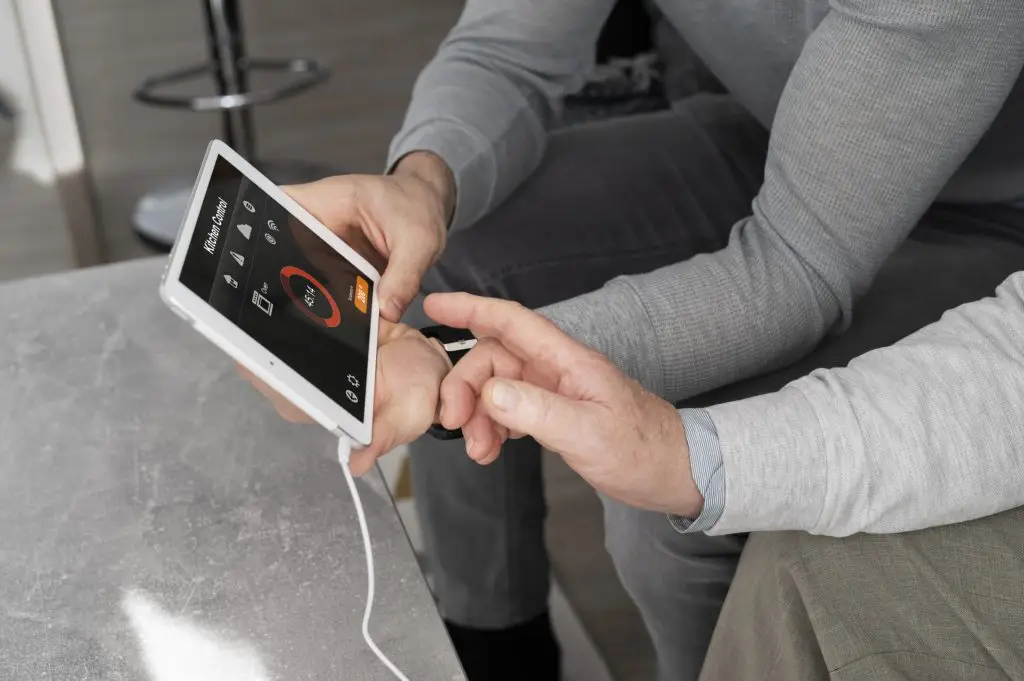
Installation & Upfront Costs
It’s worth balancing running costs with purchase and setup fees:
| Hob Type | Typical Price Range | Installation Notes |
|---|---|---|
| Gas | £200–£400 | Needs Gas Safe engineer |
| Induction | £200–£400 | Standard plug or hardwired |
| Ceramic | £170–£300 | Hardwired |
| Solid Plate | £140–£200 | Hardwired, simple but outdated technology |
Pros and Cons Summary
| Feature | Gas | Induction | Ceramic | Solid Plate |
|---|---|---|---|---|
| Running Cost | £ | ££ | £££ | ££££ |
| Heat Control | ★★★★★ | ★★★★☆ | ★★★☆☆ | ★★☆☆☆ |
| Energy Efficiency | ★★☆☆☆ | ★★★★★ | ★★★☆☆ | ★★☆☆☆ |
| Safety | ★★☆☆☆ | ★★★★★ | ★★★☆☆ | ★★☆☆☆ |
| Eco-Friendliness | ★★☆☆☆ | ★★★★★ | ★★☆☆☆ | ★☆☆☆☆ |
| Upfront Cost | ★★★☆☆ | ★★☆☆☆ | ★★★★☆ | ★★★★★ |
So… Which Hob Is Cheapest to Run?
If you’re looking purely at cost per use, gas hobs are still the cheapest to run in most UK homes, especially if you’re on a competitive gas tariff.
However, if you’re thinking long-term savings, induction hobs are worth the higher upfront cost thanks to:
- Superior energy efficiency
- Faster cooking times
- Minimal heat loss
- Lower overall electricity waste
Recommendations
- On a tight budget? Stick with gas (if already installed).
- Want long-term energy savings? Invest in an induction hob.
- Occasional cook? Ceramic hobs offer balance without breaking the bank.
- Landlord or renovator? Induction has the broadest appeal and modern look.
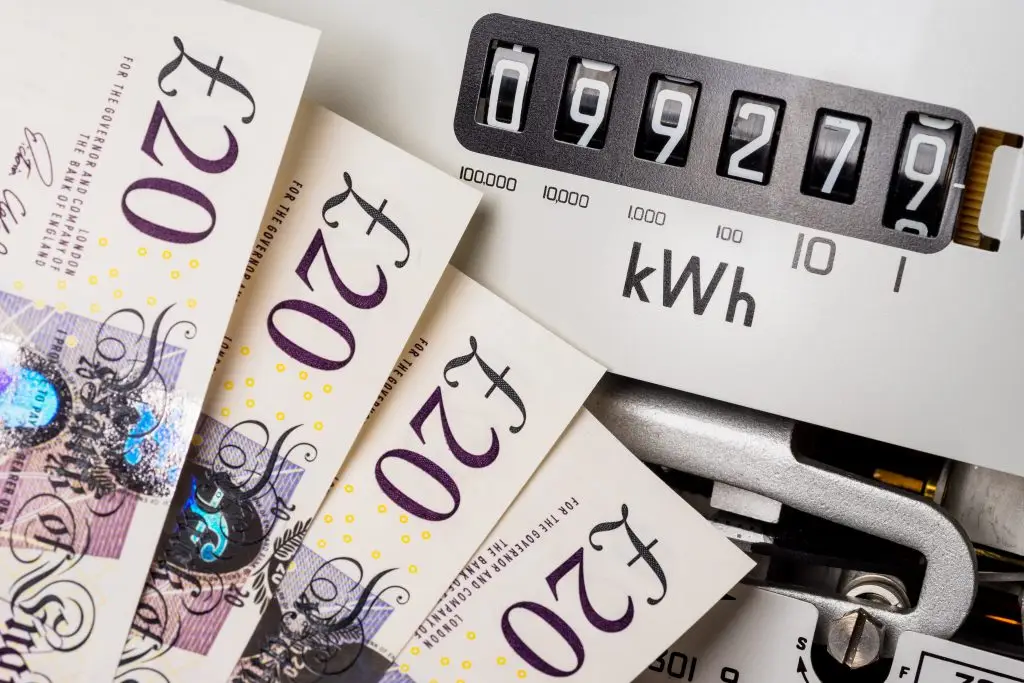
Frequently Asked Questions
Is induction cheaper than gas?
Induction is more efficient but not always cheaper per use. However, over time, the energy savings and faster cooking can offset higher electricity costs.
Does an induction hob use a lot of electricity?
Not necessarily. Because it heats quickly and directly, it often uses less total energy per cooking session than a ceramic or solid plate hob.
What’s the most energy-efficient hob?
Induction hobs are the most energy-efficient, with over 85% of energy used to directly heat the pan.
Are gas hobs being phased out in the UK?
New-build regulations are shifting away from gas, but existing homes can still install gas hobs. The focus is on moving towards more electric and renewable solutions.
- All Posts
- Cooker Hood Guides & Advice
- Hob Guides & Advice
- Oven Guides & Advice
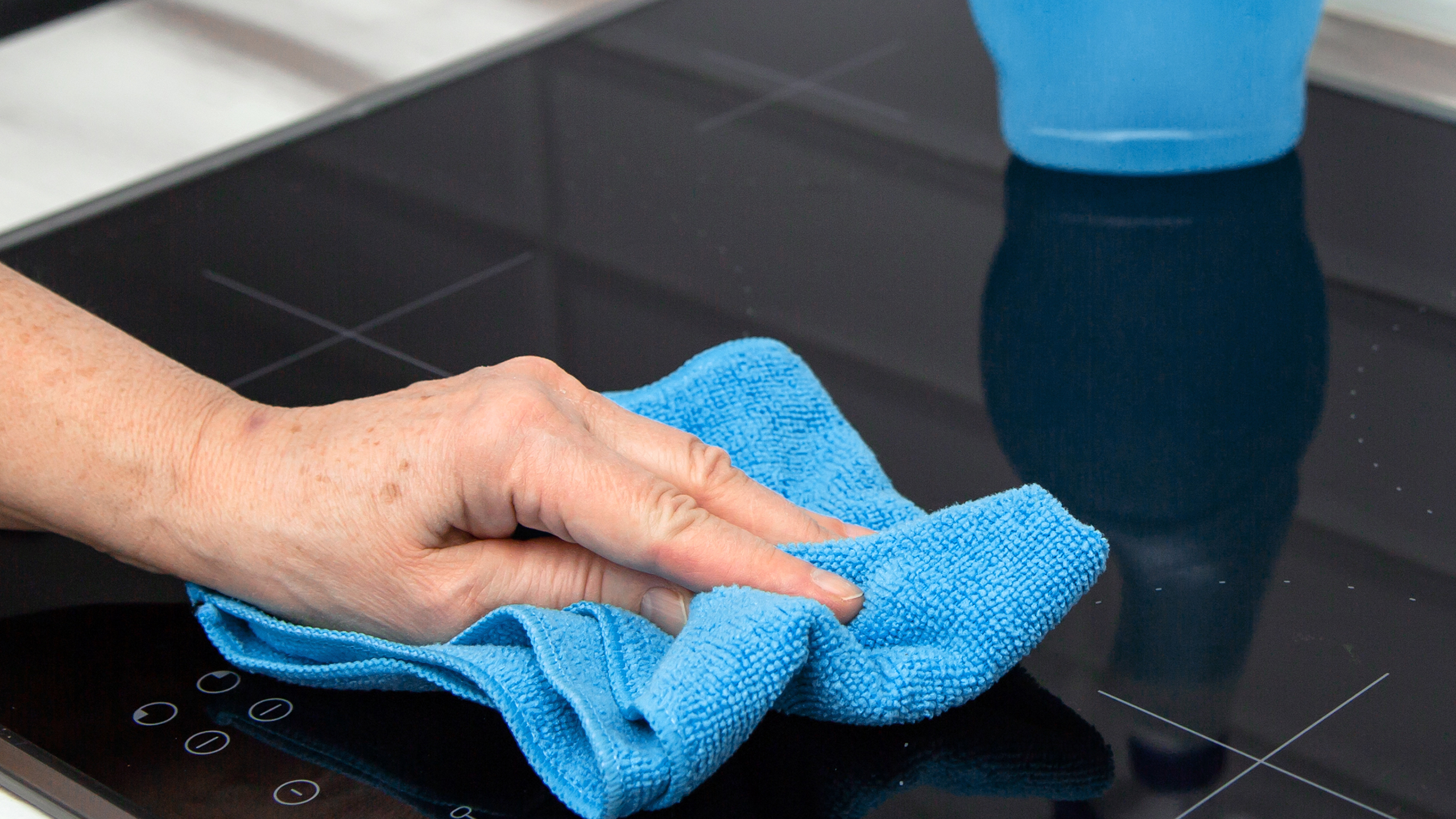
Learn how to clean your induction hob safely and effectively with our quick, step-by-step guide. Keep your kitchen spotless—read now!

Find out which hob type is the cheapest to run. Compare gas, induction and electric to save on your energy...

Learn how to use an induction hob with this simple guide. Discover tips, safety advice, and cooking techniques. Start cooking...

Wondering if hob sizes are standard? Learn what to expect and how to choose the right size for your kitchen....

Keep your extractor running efficiently. Learn how to clean and replace cooker hood grease filters with our step-by-step guide. Quick...

Discover the pros and cons of double and single ovens to find the best fit for your cooking style. Read...
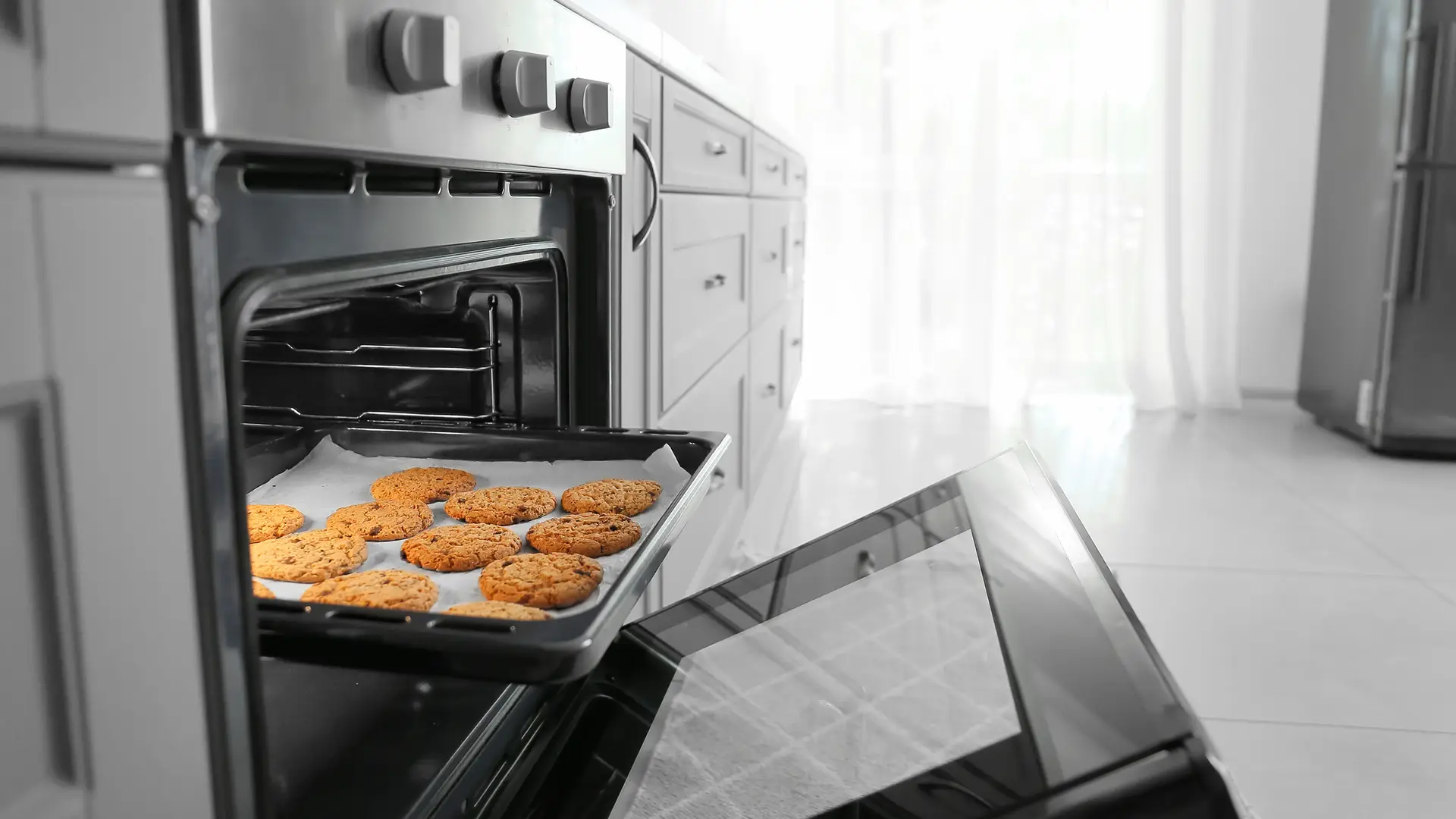
Ovens are essential in most kitchens, yet many of us don’t fully understand how they work. Whether you’re a home...

Wondering what oven temp keeps food warm safely? Learn the ideal temperature to hold food without drying it out. Read...
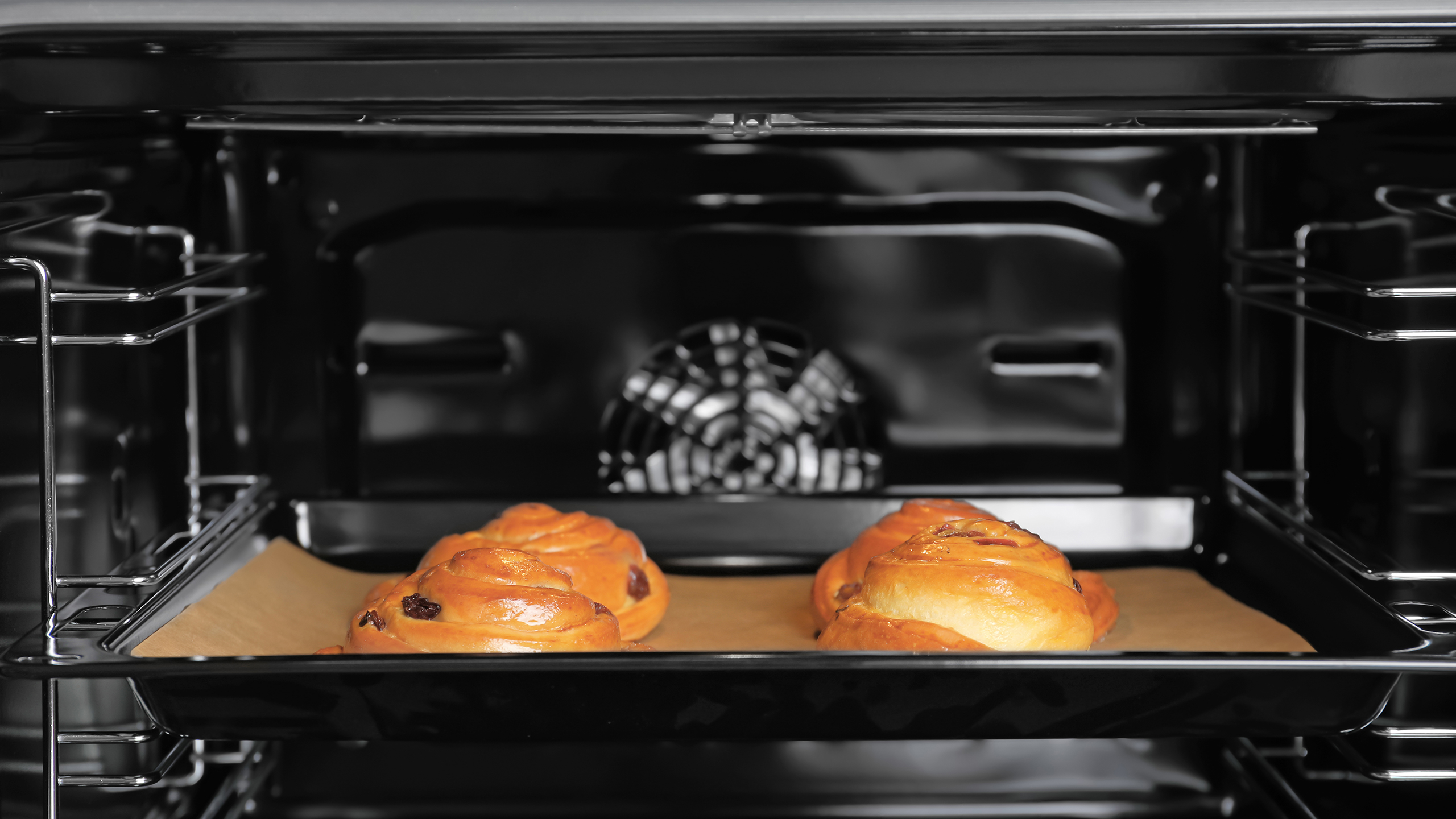
Fan ovens have become a popular choice in modern kitchens, thanks to their efficiency and consistent cooking results. But how...